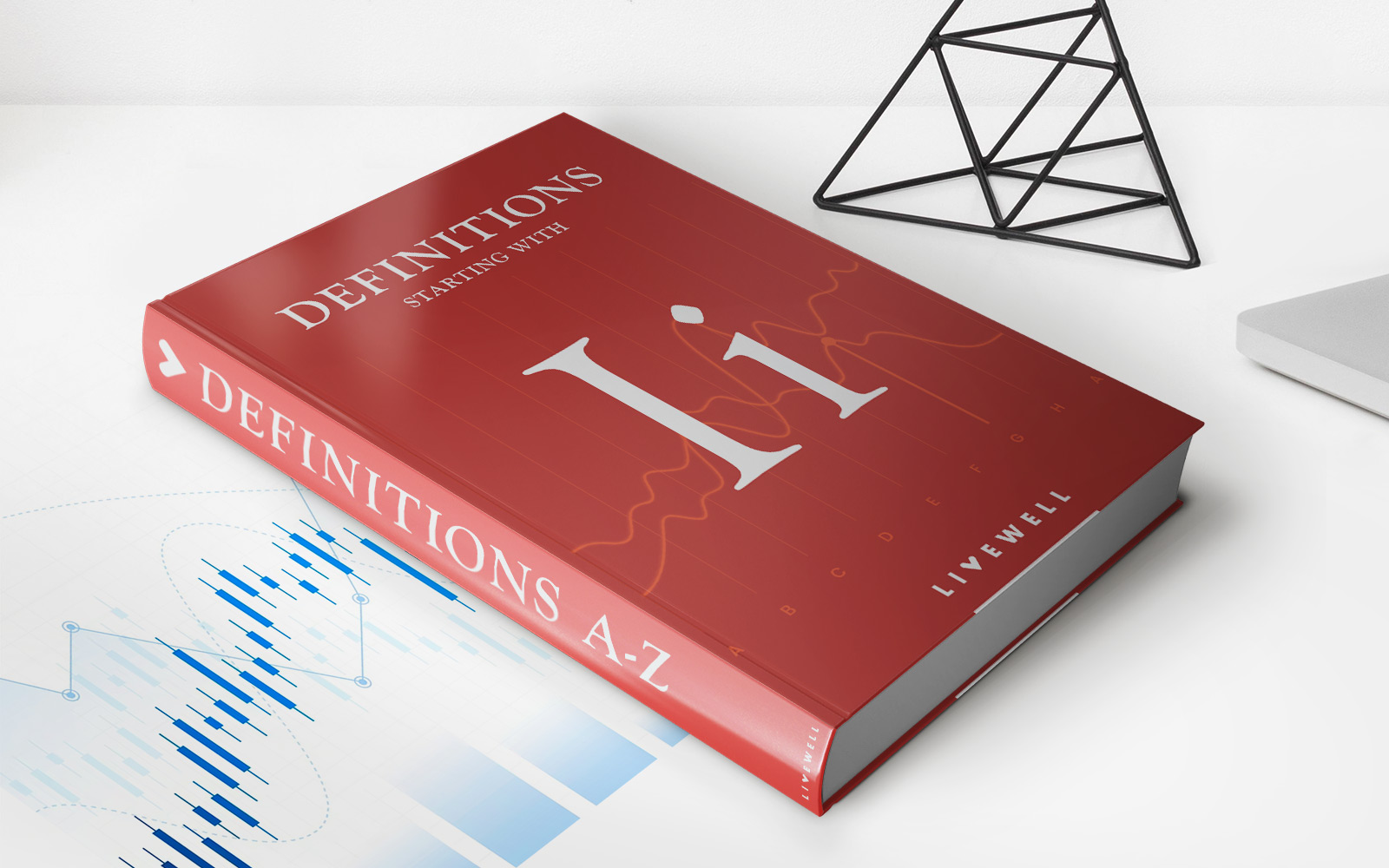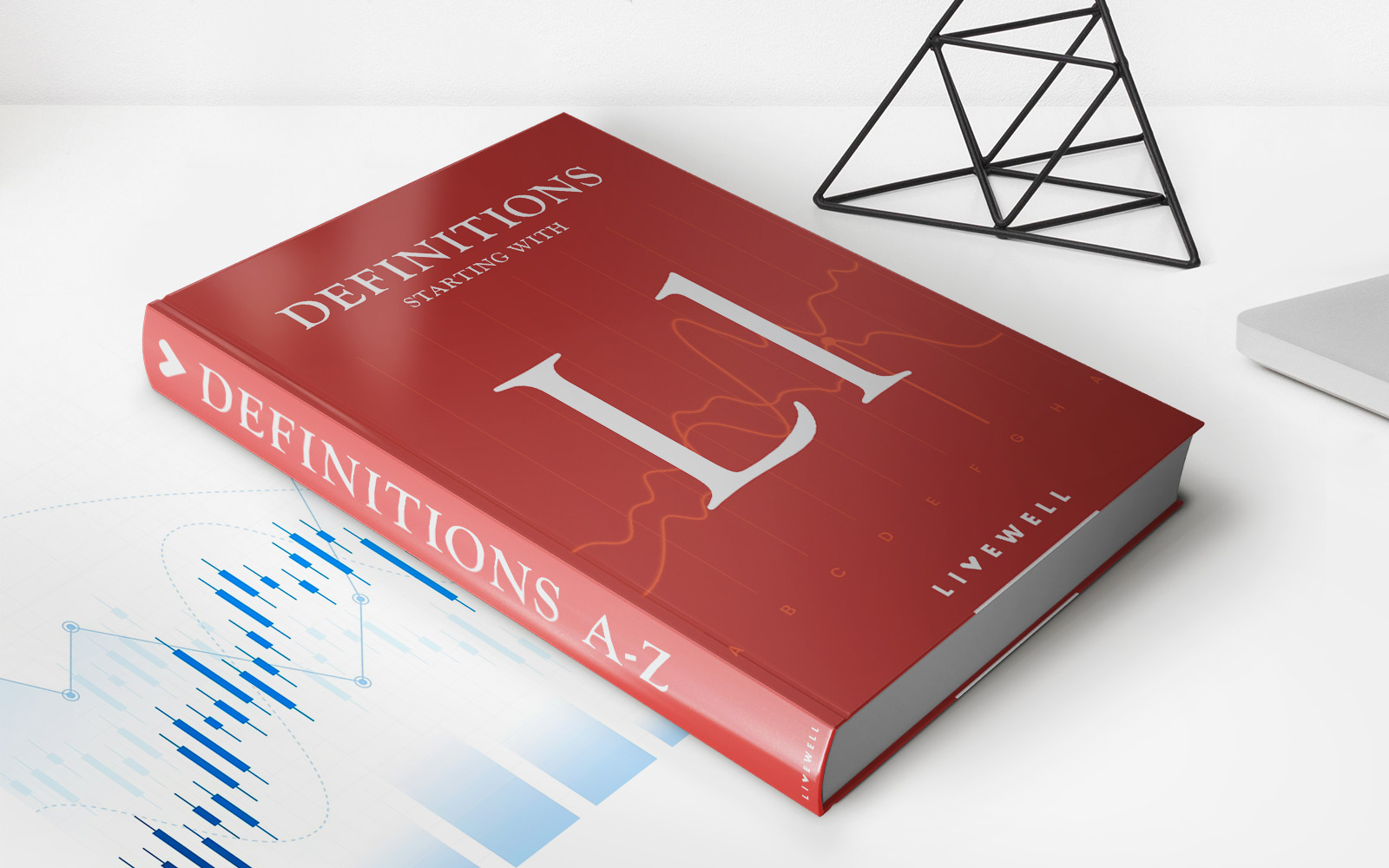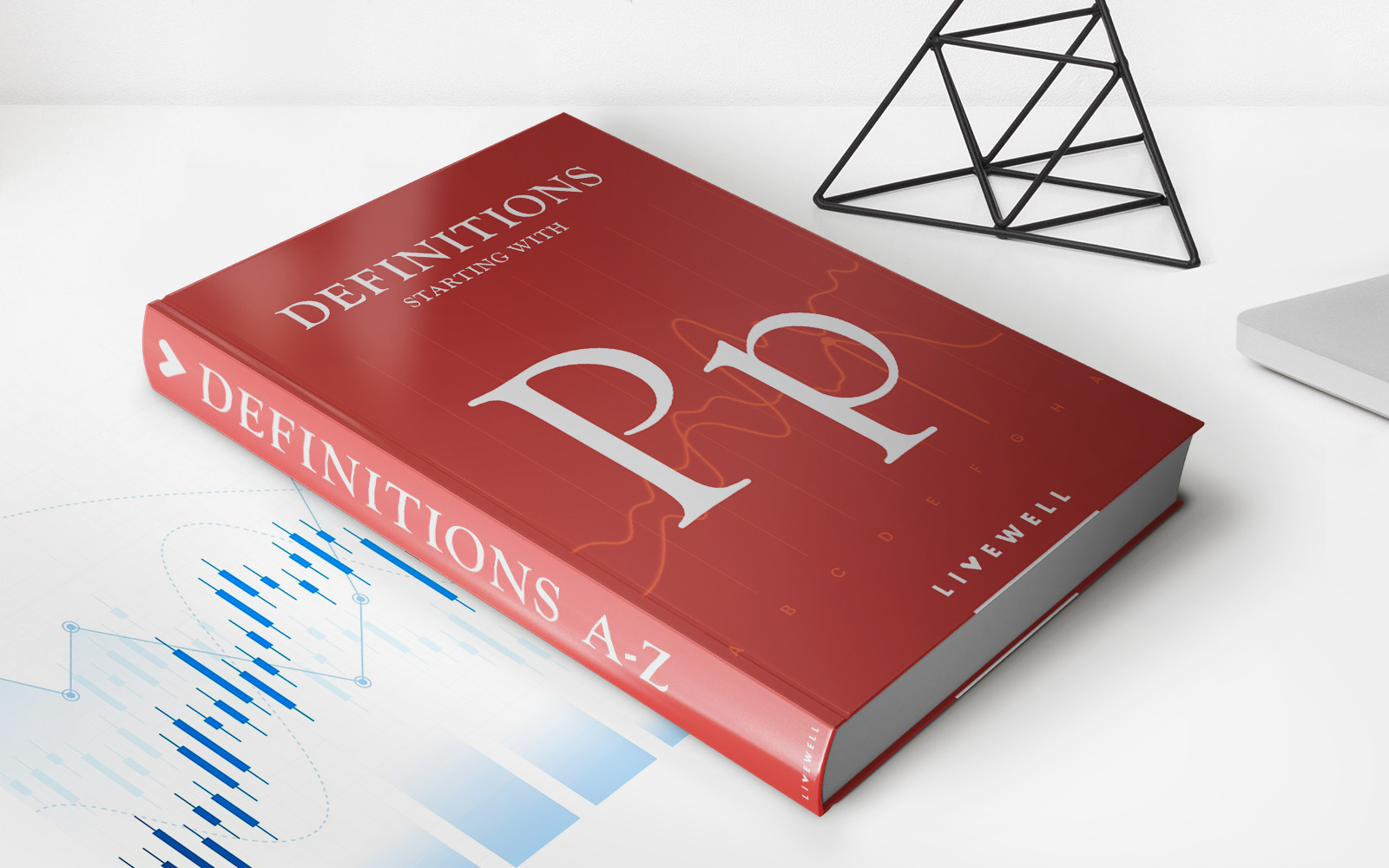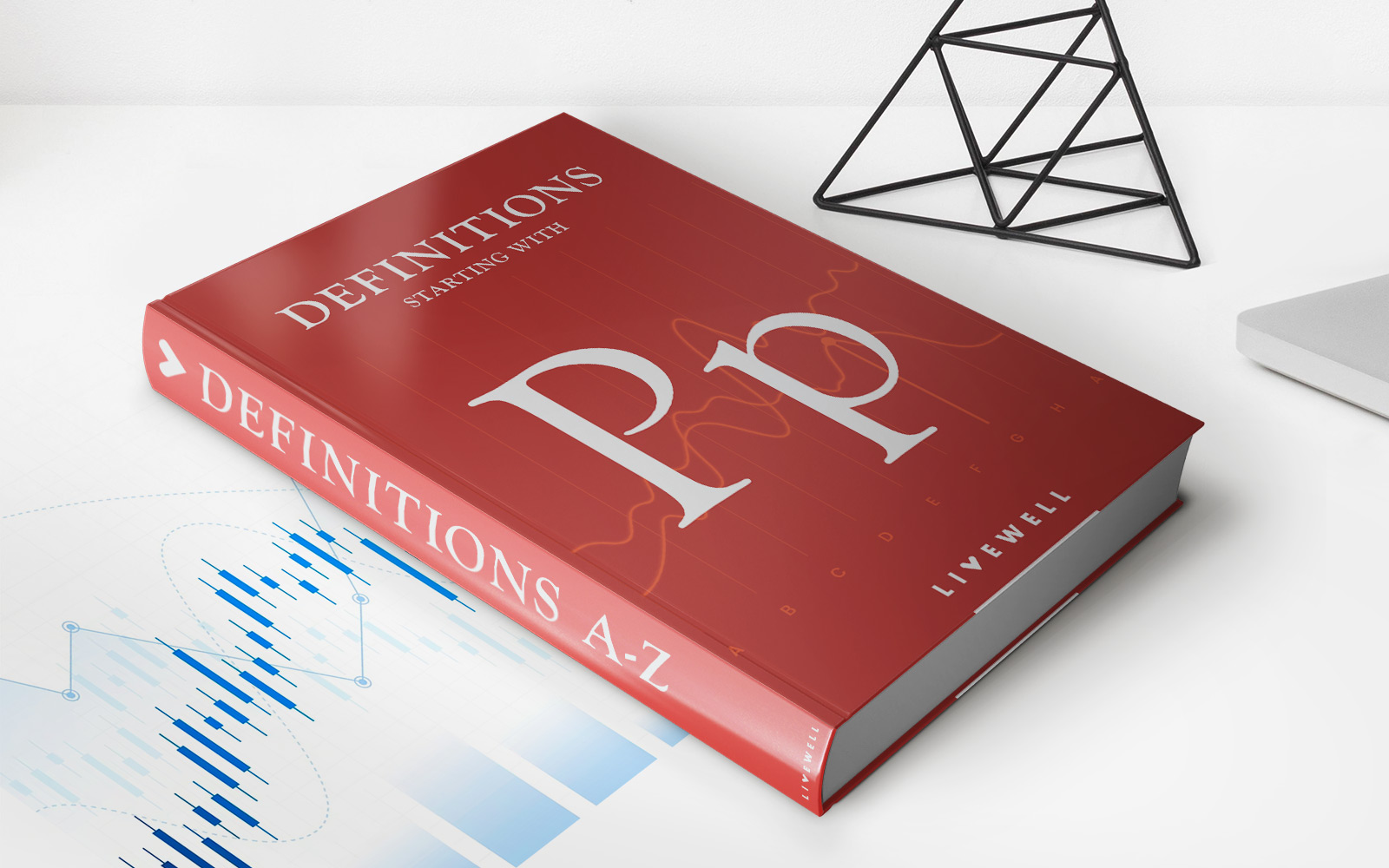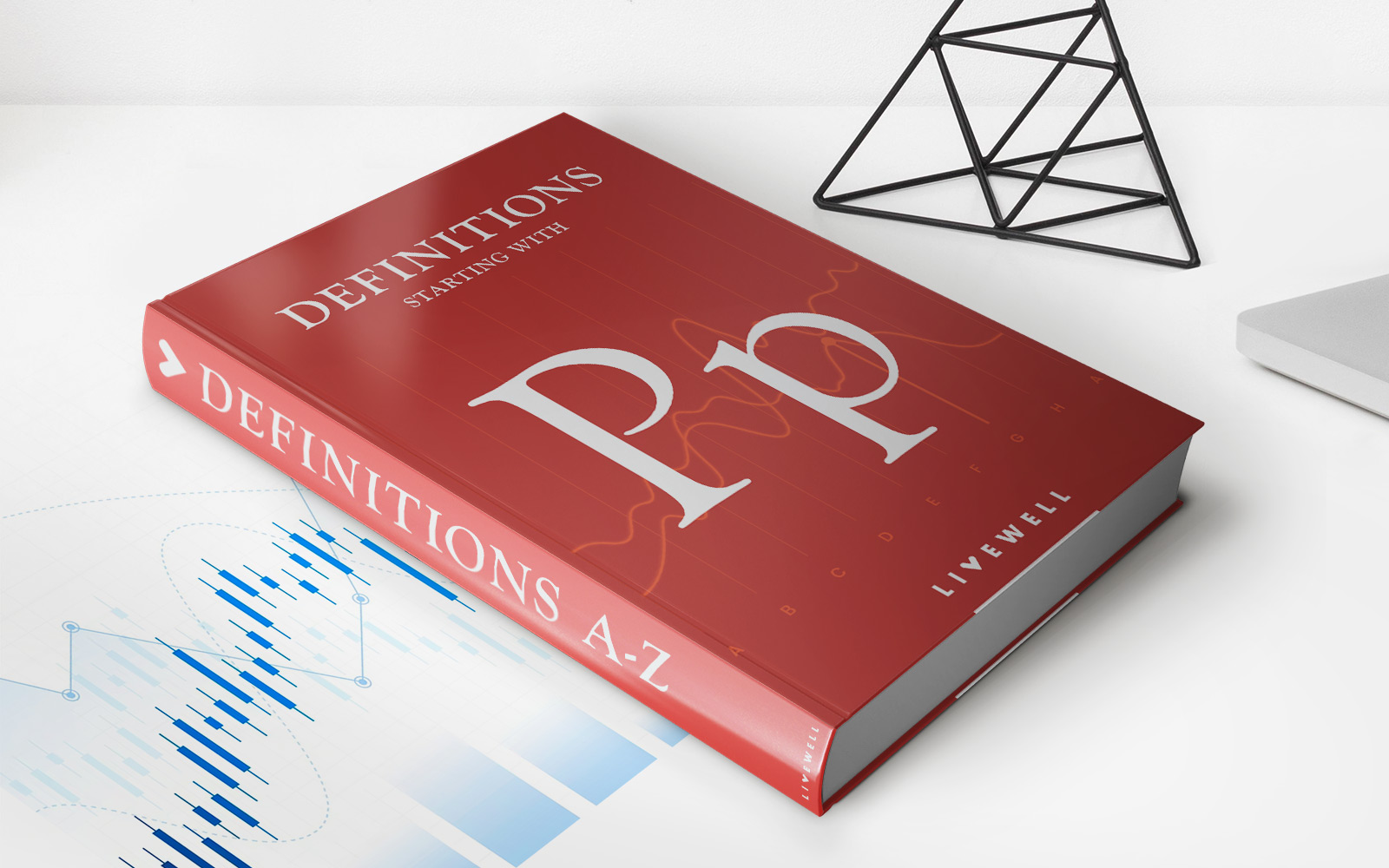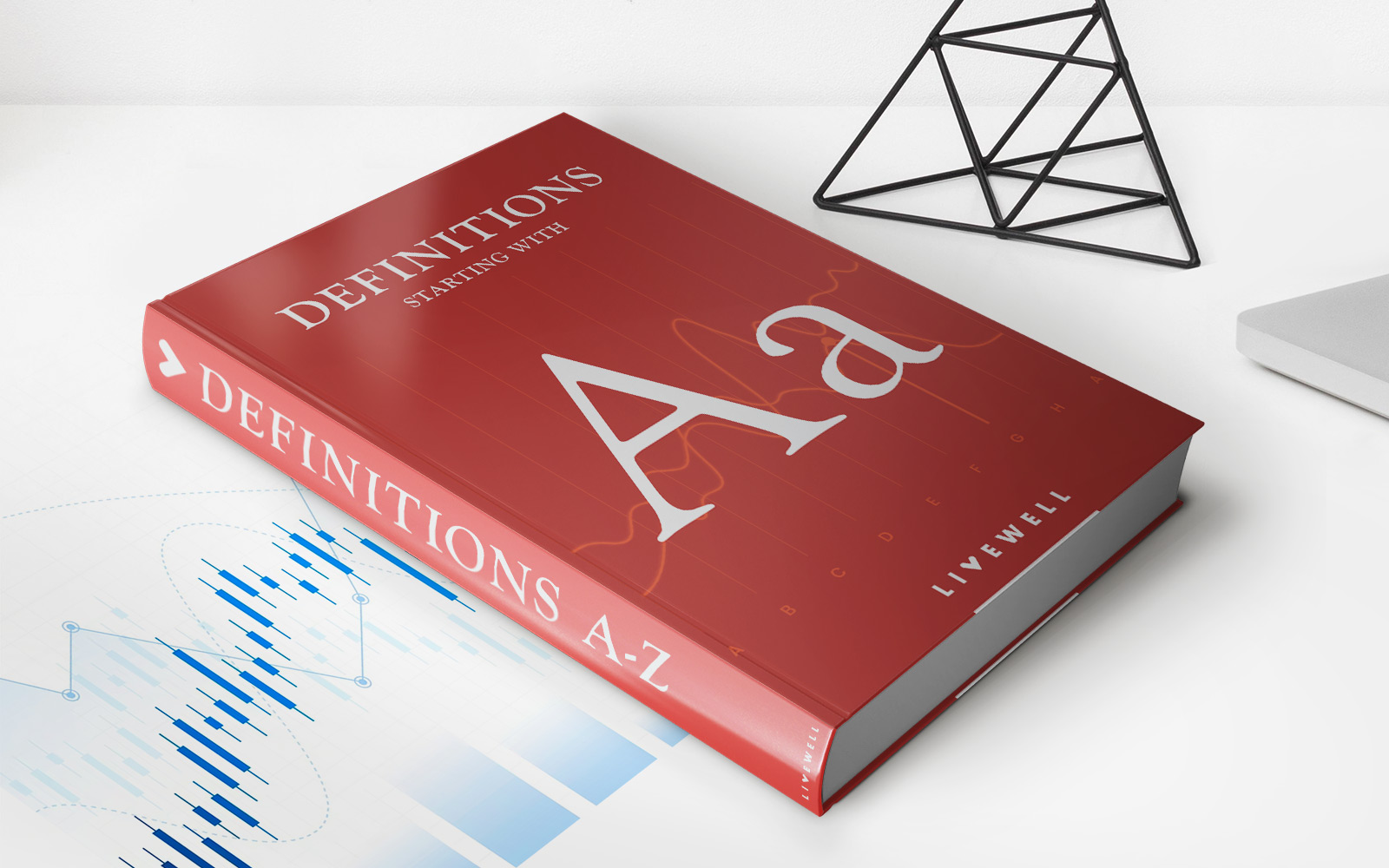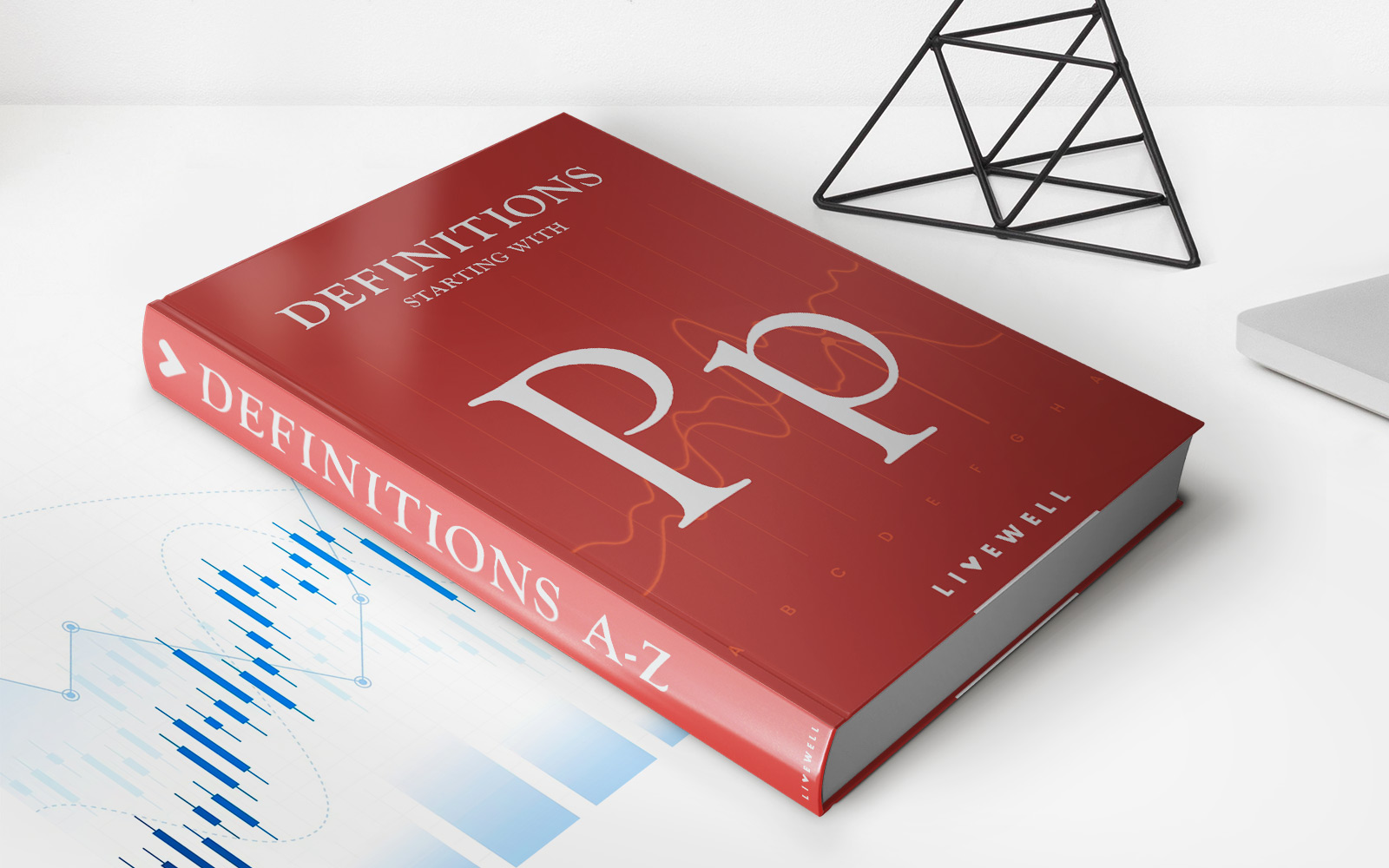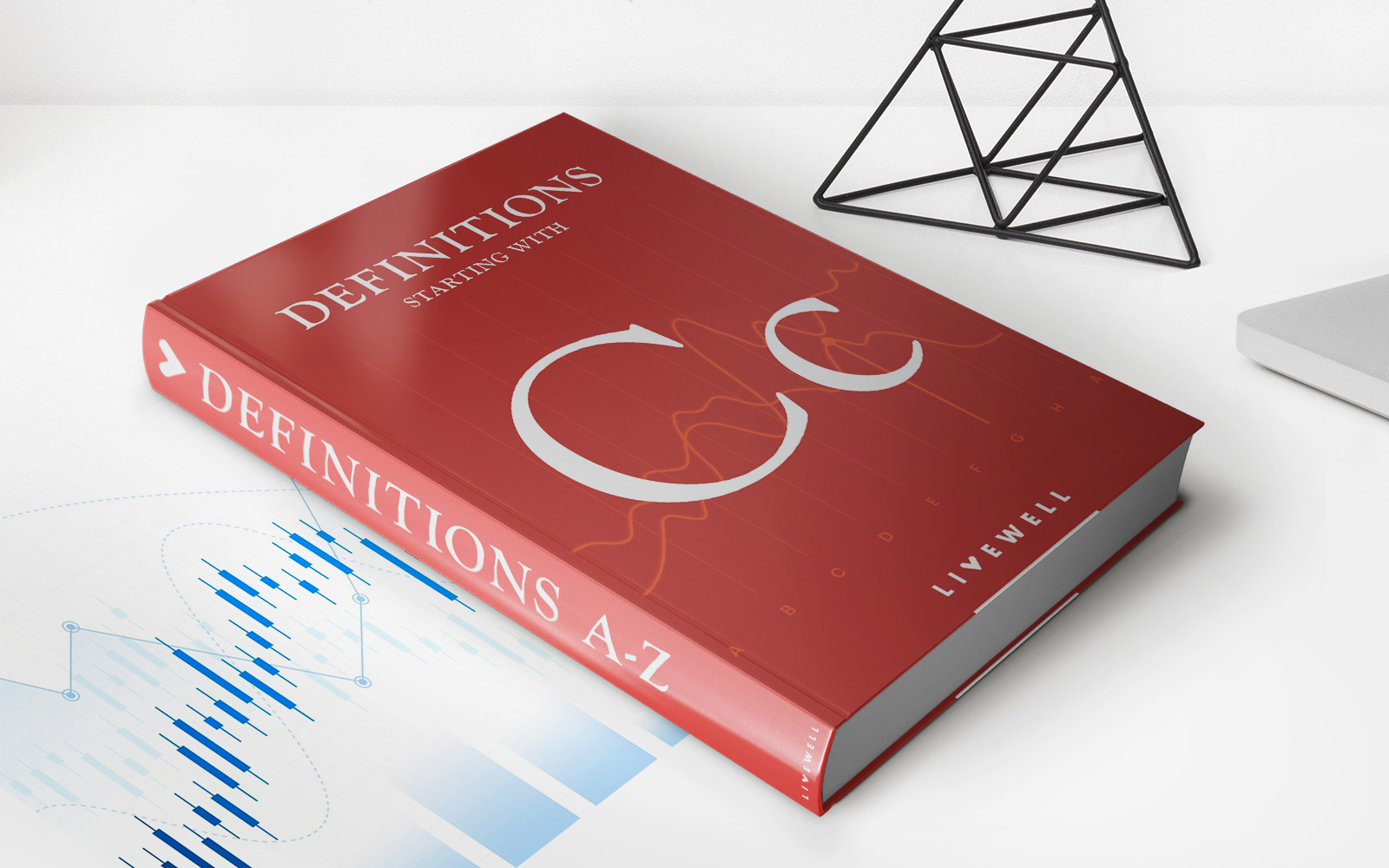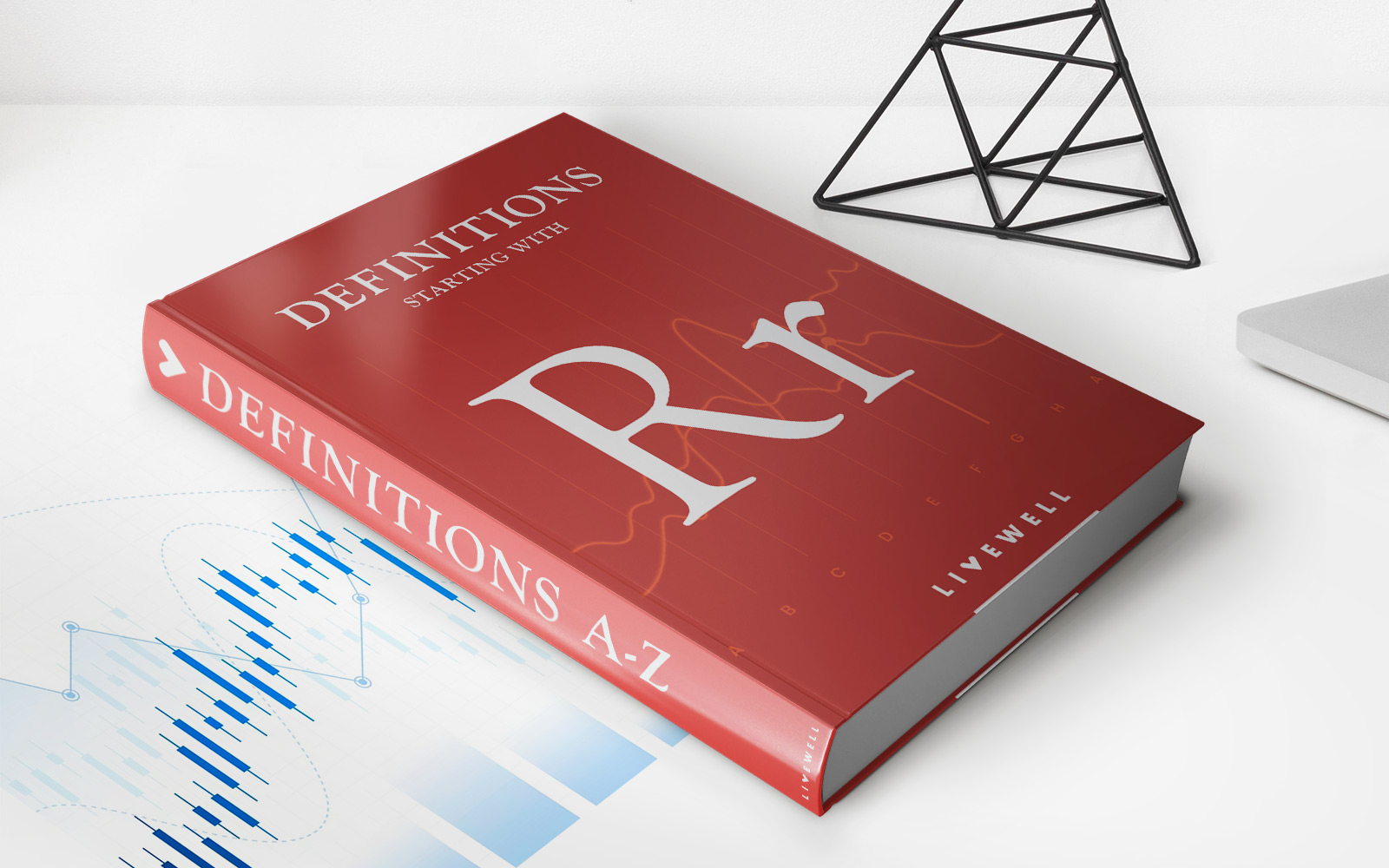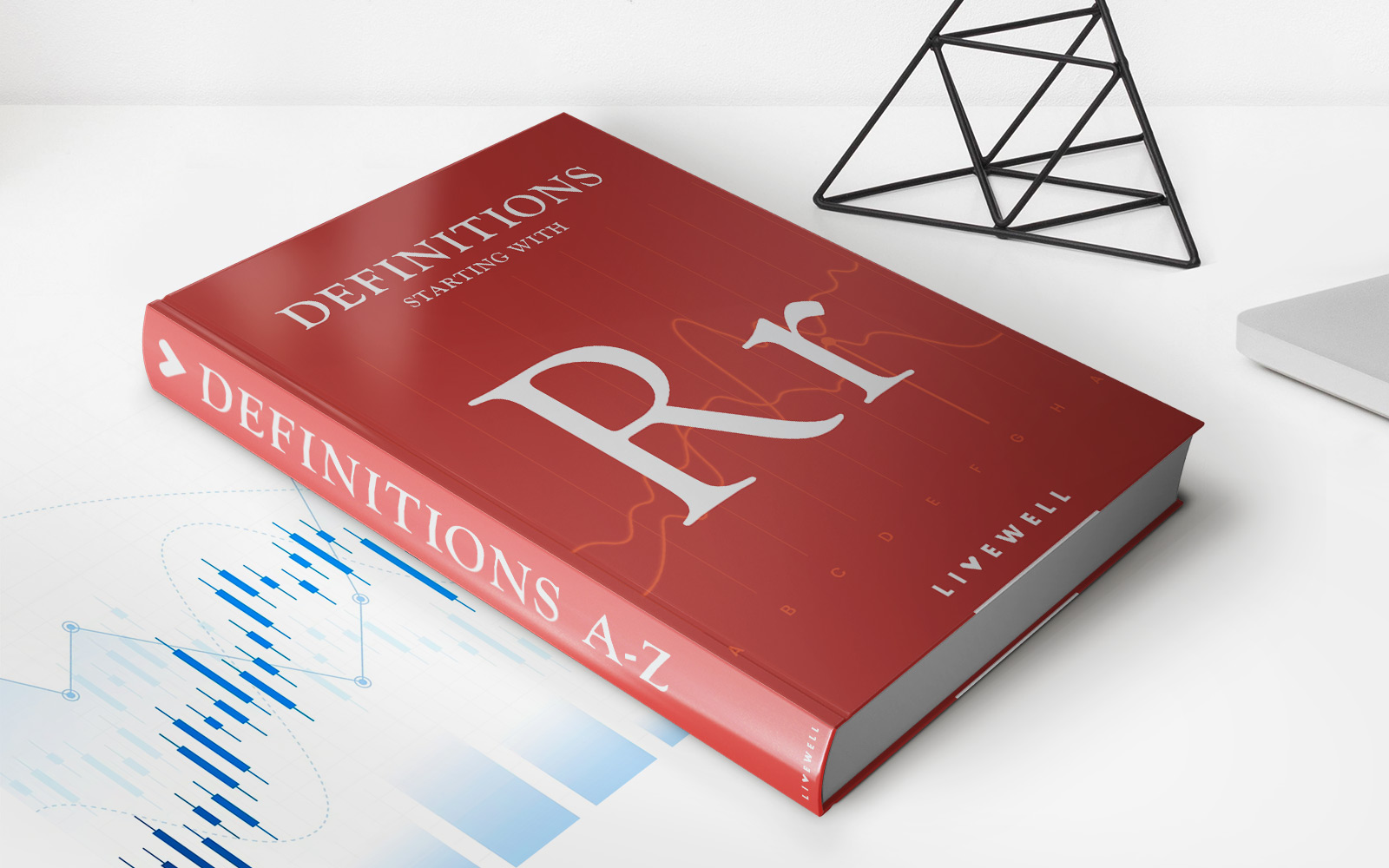Home>Finance>What Is A Cap? Definition On Credit Products And How It Works
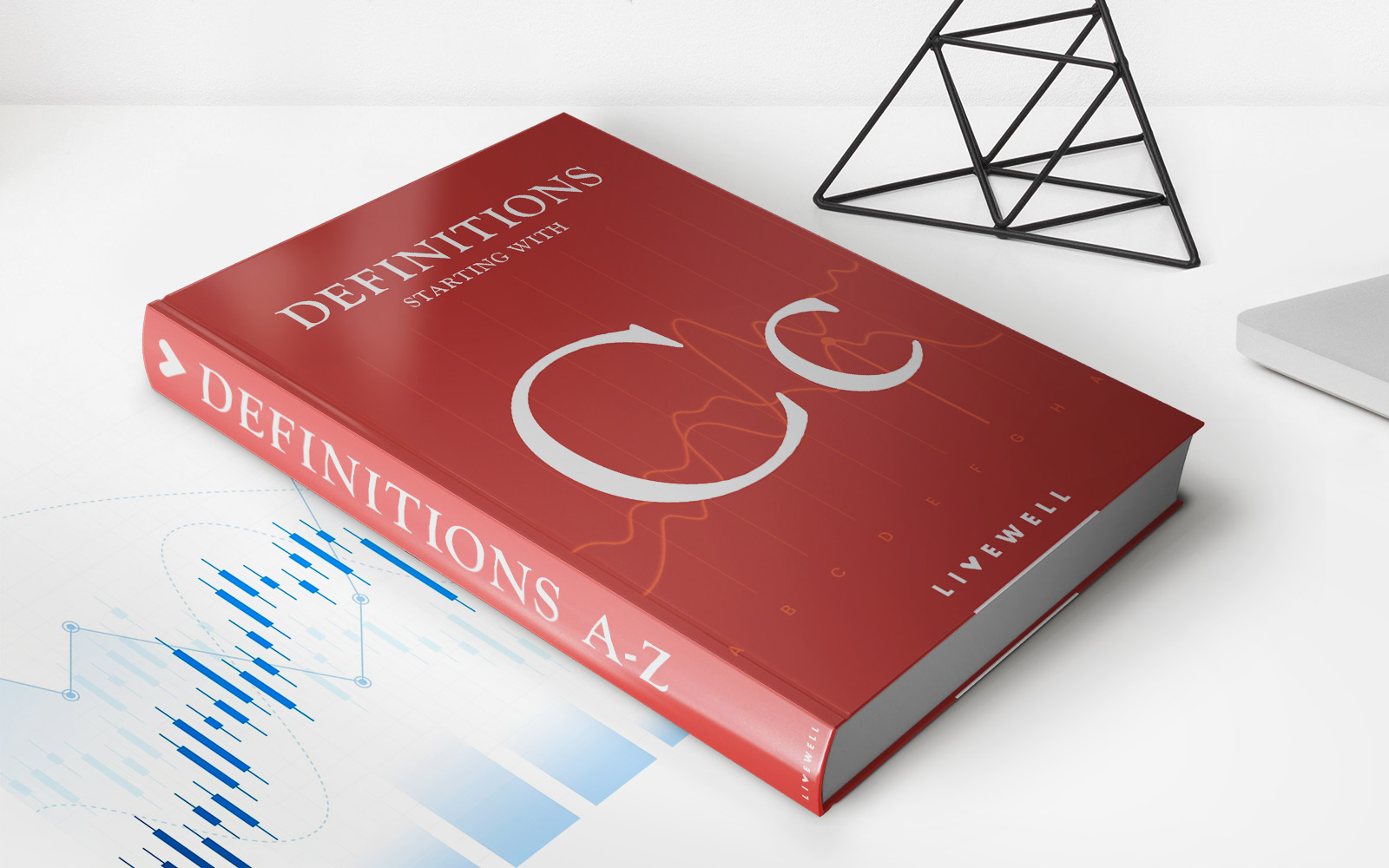

Finance
What Is A Cap? Definition On Credit Products And How It Works
Published: October 22, 2023
Learn the definition of a cap in finance and how it works in credit products. Understand the role of caps and their impact on your financial decisions.
(Many of the links in this article redirect to a specific reviewed product. Your purchase of these products through affiliate links helps to generate commission for LiveWell, at no extra cost. Learn more)
Understanding Caps: A Guide to Credit Products
When it comes to managing your finances, it’s important to have a good understanding of the different aspects of credit products. One such aspect is the cap. If you’ve come across the term “cap” but aren’t quite sure what it means, you’re in the right place. In this article, we’ll break down what a cap is, its definition in the context of credit products, and how it works.
Key Takeaways:
- A cap is a specific provision within a credit product that limits the increase in interest rates.
- A cap protects borrowers from significant fluctuations in interest rates by placing a maximum limit on how high the rate can go.
What Is a Cap?
In the realm of credit products, a cap is a provision that sets a limit or cap on the interest rate that can be charged on a loan or credit card. It serves as a safeguard for borrowers by protecting them from large and unpredictable increases in interest rates. The cap essentially puts a maximum limit on how high the interest rate can rise, ensuring that borrowers are not burdened with unaffordable monthly payments.
While caps can be applied to various types of credit products, they are particularly common in adjustable-rate mortgages and variable-rate credit cards. This is because these types of loans or credit cards have variable interest rates that can change over time due to fluctuations in the market or other factors.
How Does a Cap Work?
When a cap is in place, it provides a level of certainty and protection for the borrower. Here’s how it works:
- Setting the Cap: The cap is typically determined in the loan or credit card agreement. It may be expressed as a percentage increase from the initial interest rate or as an absolute limit in terms of percentage points.
- Monitoring Interest Rates: As the interest rates in the market fluctuate, the cap ensures that the borrower’s interest rate does not exceed the predetermined limit. For example, if the cap is set at 2% and the current interest rate is 5%, the borrower’s interest rate will not exceed 7%.
- Protection against Rate Spikes: The cap protects borrowers from sudden increases in interest rates, providing them with stability and predictability in their monthly payments.
It’s important to note that caps can vary based on the specific credit product and lender. Some caps may have restrictions on how frequently they can be adjusted or may have a lifetime cap that sets the maximum interest rate for the entire duration of the loan.
In Summary
A cap is an integral part of credit products, offering protection to borrowers against steep interest rate increases. By placing a limit on how high the interest rate can rise, it ensures that borrowers can avoid unmanageable monthly payments and financial stress. Whether you’re considering an adjustable-rate mortgage or a variable-rate credit card, understanding caps is crucial to making informed decisions about your credit options.
